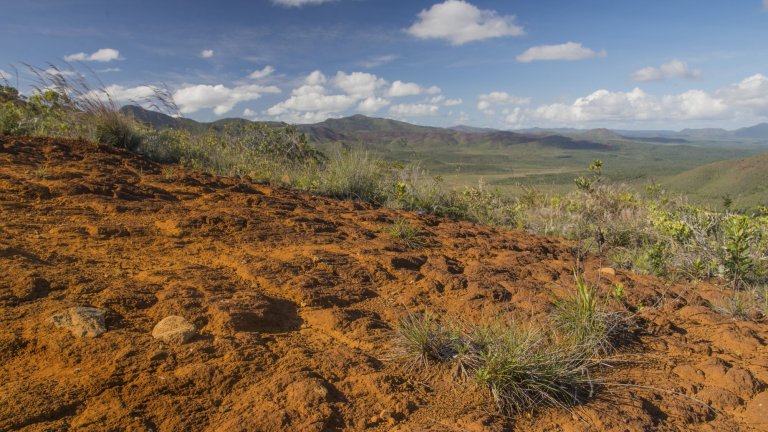
© Fabrice Monna / ISEA / ARTeHIS / Biogeosciences / CNRS Images
View the mediaScientific news
On World Soil Day, discover how soils are threatened by human activity, potentially overturning fragile local and global ecosystems. Fortunately, initiatives are being developed…

© Fabrice Monna / ISEA / ARTeHIS / Biogeosciences / CNRS Images
View the mediaSoils, which are key elements in all ecosystems and essential for life, are under attack everywhere from salination, which makes them uninhabitable for many animal and plant species. This phenomenon has many causes, but they are all rooted in human activity: climate change, overexploitation of fresh water resources, land clearing, irrigation, farming, etc.
Everywhere in the world fertile land is becoming scarcer, as soils are becoming infertile and desert areas are expanding. This is the case in China where the desert has been expanding from year to year, and where sandstorms are increasing in Beijing, but also in Chile, where in the Atacama Desert some areas have not had rain for 500 years, and peripheral populations have had to increase their efforts to survive. And once the damage is done and desert has replaced arable land or the sea, it is extremely difficult to repair, like the Aral Sea which was turned into a desert in just 40 years.
In spite of everything, political and scientific authorities are working together to limit the damage and protect the soils, or even revitalise those that have suffered from global changes. For instance, in Australia, the government and scientists are now making common cause with indigenous people to benefit from their ancestral knowledge. In Africa, a “great green wall” is being built to resist the onslaught of the Sahara and halt its relentless advance. And on a more modest scale in France, researchers are calling on citizen participation to identify and quantify earthworm populations, which are remarkable actors and indicators of the quality of our soils.
On World Soil Day on 5 December, we are inviting you to learn more about our soils and these initiatives through a gallery of photos and documentaries that will take you on a journey around the world.
Our work is guided by the way scientists question the world around them and we translate their research into images to help people to understand the world better and to awaken their curiosity and wonderment.